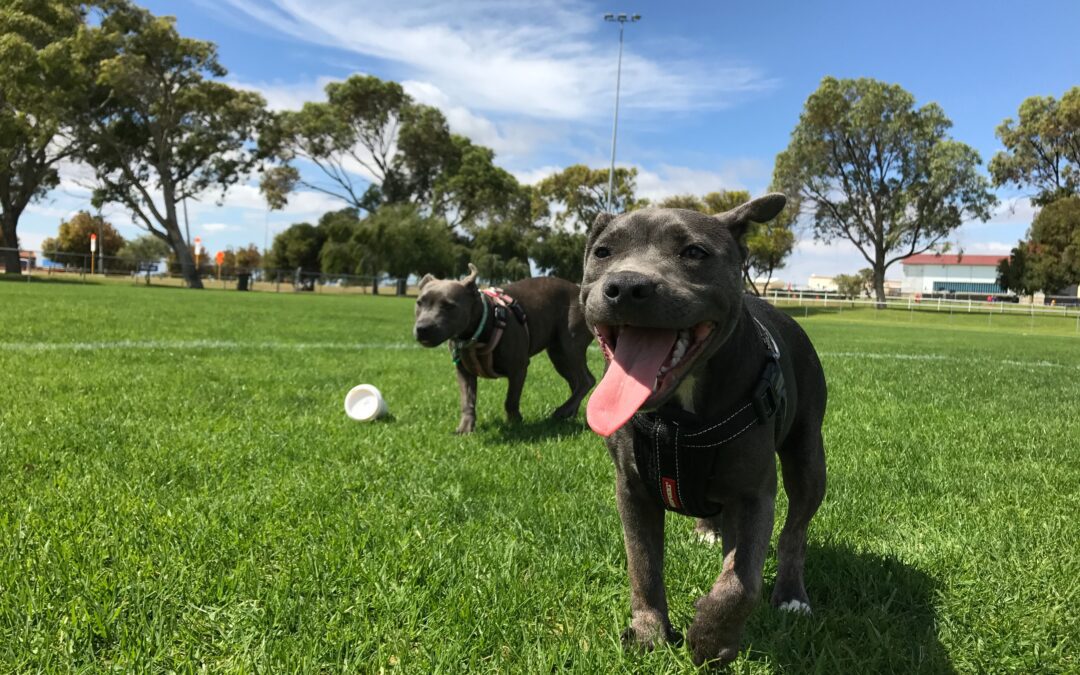Ensuring Dog Park Safety: Essential Tips to Keep Your Canine Companion Safe
When visiting a dog park, it’s crucial to prioritize safety to protect your furry friend. Follow these four must-know tips for a secure and enjoyable off-leash play experience.
Tip #1: Safeguard against infectious diseases
Reputable dog parks prioritize the health of all attendees, usually requiring proof of vaccination. To grant your dog access, ensure they are up-to-date on essential vaccinations, including rabies, distemper, parvovirus, and bordetella. Additionally, canine influenza, parainfluenza, and leptospirosis vaccinations may be recommended. Keep your pup protected by verifying their vaccination status before heading to the park.
Tip #2: Choose off-peak times for visits
Dog parks tend to be most crowded during peak hours, typically right after the working day ends. This influx of energetic dogs may result in less-than-ideal canine behavior, leading to bullying or even fights. Opt for off-peak times to allow your dog to exercise without the worry of being overwhelmed by a pack of dogs. This way, they can chase a ball or enjoy their playtime without feeling pressured.
Tip #3: Double up on identification
While it’s unlikely that your dog will slip out of the double gate at the park’s entrance, accidents can happen. Be prepared for any situation by ensuring your furry friend has multiple forms of identification. Consider outfitting them with collar ID tags, a collar embroidered with your phone number, and a microchip. These extra precautions will increase the chances of a happy reunion should your dog happen to wander off.
Tip #4: Recognize warning signals
Dog parks are not ideal places for teaching socialization skills. Pay close attention to your dog’s behavior and be on the lookout for any signs of discomfort or inappropriate behavior. Stress, anxiety, and fear can manifest in various ways, such as running away, a tucked tail, freezing, excessive drooling, disproportionate panting, trembling, cowering, clingy behavior, lip licking, whale eye, raised hair, reactivity, or aggression (e.g., barking, growling, nipping). At the first indication of unease from your dog, leave the park promptly to prevent any escalation.
Remember, off-leash dog parks may not suit every dog’s preferences. Some dogs prefer one-on-one socialization or exploring on their own rather than being in a large pack of canines. Regardless of your dog’s socialization preferences, ensure they stay protected from infectious diseases and parasites through regular preventive care. Contact our team to schedule your dog’s annual wellness visit and keep their health up to date.
By following these tips, you can make the dog park a safe and enjoyable place for both you and your furry companion.


